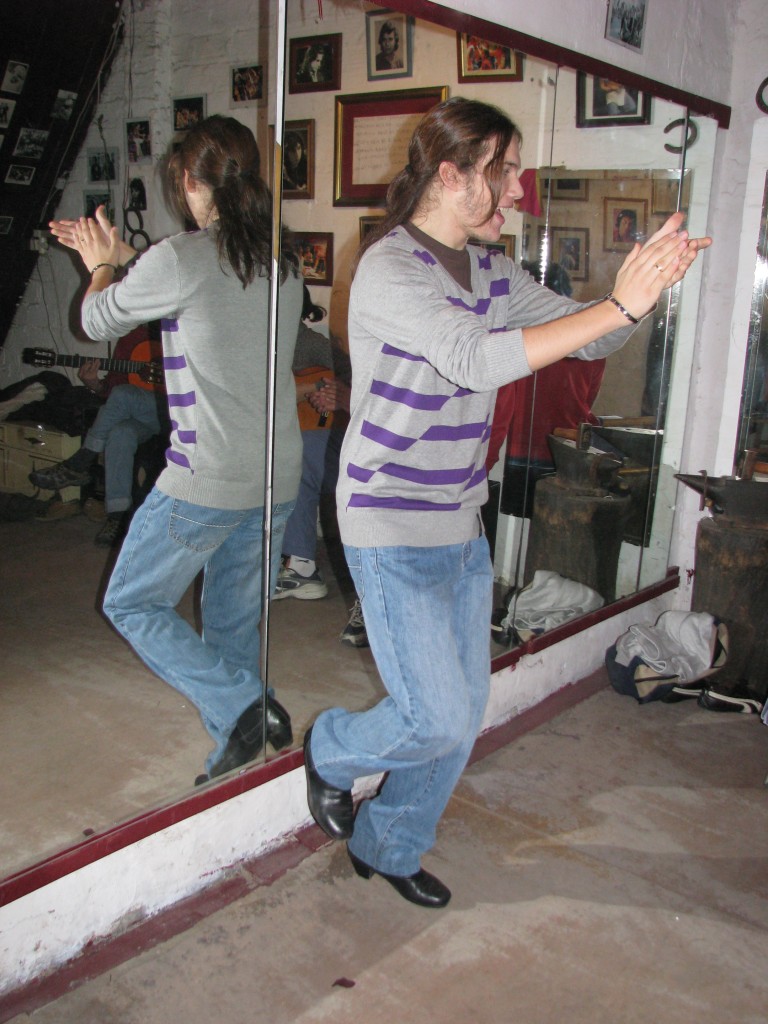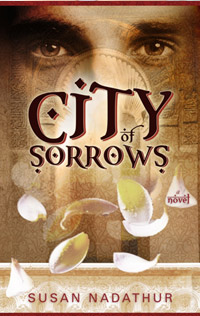What word comes to mind when you hear the word Gypsy? You might be thinking some of the same things I thought before I actually met a person of Roma descent. Words like vagabond, beggar, flamenco dancer/musician, carjacker, fortune teller, thief.
Truthfully, I had never met a Gypsy before I moved to Spain. Then like most foreigners, I encountered many Gypsies who reinforced my belief that these were the kind of people us tourists needed to stay away from. There were the older Gypsy women who begged for spare change outside the cathedral doors; the middle aged gitanas who worked the tourist circuit for a palm read or Tarot spread, and the young guitarists who serenaded diners at the outdoor tables on the plaza.
But beyond the negative stereotypes, who are these enigmatic people known in Spain as los gitanos?
Historical Context
It is estimated that between 650,000 to 800,000 Roma/Gypsies currently live in Spain. Where did this group originally come from?
The first Roma/Gypsies are said to have left north-west India between the ninth and the fourteenth centuries. Their earliest presence in Spain is noted in Zaragoza (Aragon) from 1425 and in Barcelona (Catalonia) from 1447. For half a century or more, Roma/Gypsies were well received and some local authorities gave them official protection. But from 1492, with the Christian Reconquista of Spain and persecution of Moors and Jews to rid the peninsula of non-Christian groups, the Roma/Gypsies were included in the list of peoples to be assimilated or driven out.
The first anti-Roma/Gypsy laws in Spain were established in 1499, under Ferdinand and Isabella, when they were given 60 days to find themselves a trade and a master, and forbidden to travel in groups. In 1560 ‘the habit and the costume’ of Roma/Gypsies were prohibited, while in 1611 they were compelled to take up farming on land left fallow by the Moors. Spain was unusual among European countries of the Middle Ages in adopting a policy of enforced integration rather than exclusion. Gypsy settlements were broken up and the residents dispersed; Gypsies were required to marry non-Gypsies on pain of death. They were denied their language and rituals as well as being excluded from public office and from guild membership. In the seventeenth century Roma/Gypsies were deported to the Americas and Africa. In 1749 a round-up of thousands of Roma/Gypsies was carried out; those who had settled were easiest to locate and incarcerate. The Roma/Gypsies who remained free became a submerged subclass.
From 1939 to 1975 under the Franco regime, Roma/Gypsies were persecuted and harassed. Since 1975 Spanish government policy has tried to address the community’s problems, providing special education programs, welfare and social services. Local authorities built special housing, which rapidly became deprived ghettoes.
Beyond What The Tourists See
While it’s true that you will see Gypsy beggars on the streets and in the bars, you will also see Gypsies at the local markets, selling their wares from legitimate stalls with all the required permits. You will see them in the flamenco tablaos—talented musicians who make a living playing flamenco guitar, dancing, and singing, like Chano and Jorge (pictured in this post).
You may also see them in vibrant evangelical churches scattered throughout major cities and small villages. You may even, like I did, change the words you use when you think of the word Gypsy. Now, after living with a Gypsy family in Seville, I use the words hardworking, generous, faithful and emotive when I think of Spanish Gypsies. To understand why, click here to read about my experiences with the Gypsies in Seville. And for the book that was inspired from this experience, click here to read about City of Sorrows, an epic story of love, romance, passion and pain set in the heart of Gypsy Spain..












